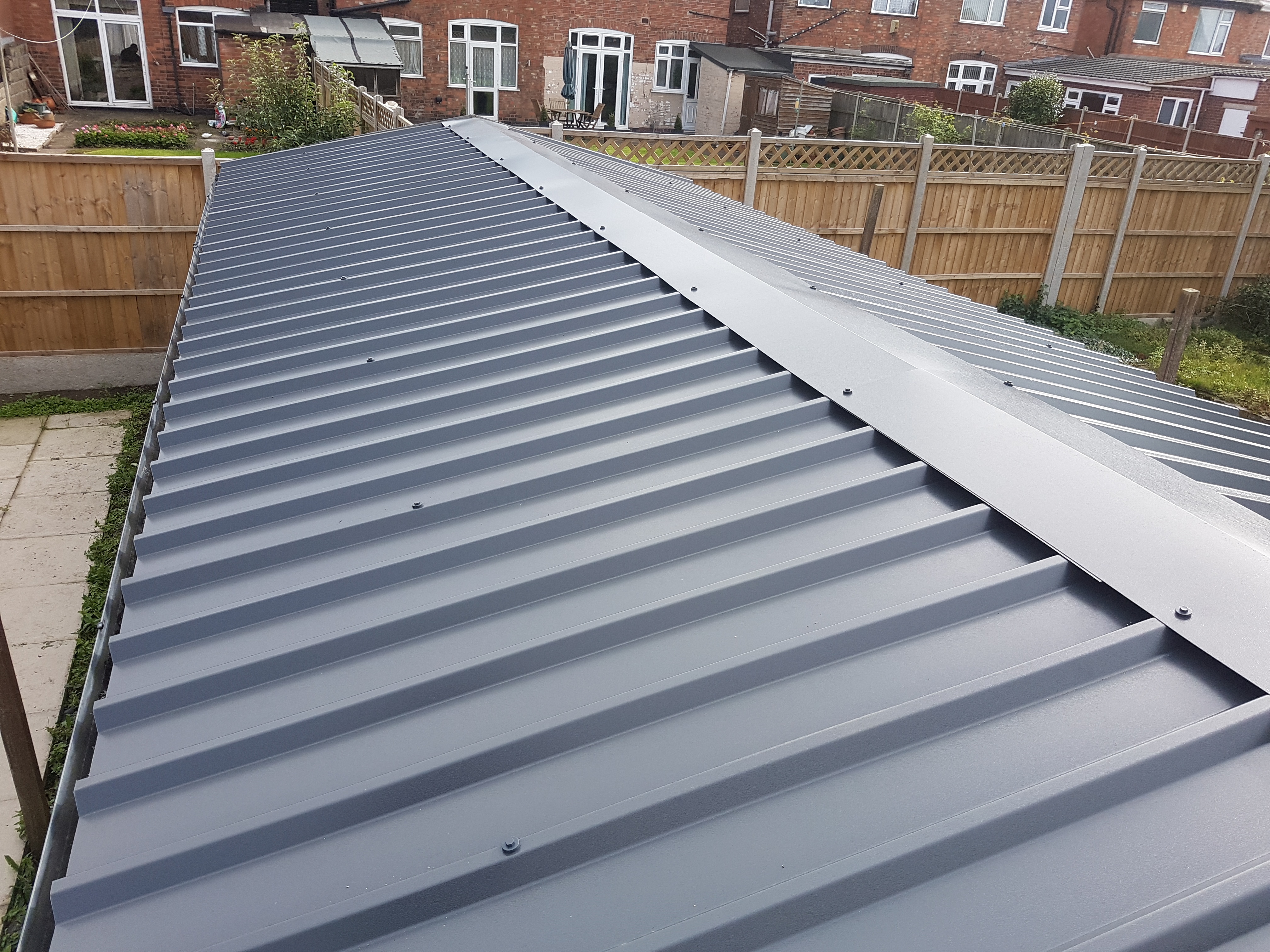Roofing is a important component of architecture for a number of necessary reasons:
Protection from the Elements: One of the primary capabilities of a roof is to supply shelter and protection from environmental components similar to rain, snow, wind, and extreme temperatures. It prevents water from entering the constructing, which can cause structural injury, mold growth, and other issues.
Structural Integrity: Roofs play a crucial position in sustaining the structural integrity of a constructing. They distribute the burden of the roof and any masses (e.g., snow) evenly to the partitions and basis. A well-designed and correctly constructed roof ensures the stability and security of the entire structure.
Aesthetics and Design: Roofs are a visible and prominent a half of a constructing's exterior. Architects use roof design to boost the general aesthetics of a structure. The form, materials, and magnificence of the roof can contribute to the architectural character and attraction of a constructing.
Environmental Considerations: Sustainable structure places an emphasis on energy efficiency and environmental duty. Roofing materials and design can impression a building's energy performance. For example, cool roofs can reflect extra daylight and absorb much less heat, decreasing cooling prices and concrete heat island results.
Natural Lighting and Ventilation: Roof design can incorporate features like skylights, dormers, and roof vents to offer natural lighting and ventilation inside a constructing. This can improve indoor comfort and scale back the need for synthetic lighting and mechanical ventilation.
Historical and Cultural Significance: In some architectural types, such as Gothic or Victorian, the roof can be a key element that reflects the historical and cultural context of a constructing. Roof particulars and shapes can tell a narrative concerning the era during which a structure was constructed.
Space Utilization: Roof design can create further usable house inside a constructing, such as attic rooms, rooftop gardens, or outside dwelling areas. Architects usually think about how to maximize space and functionality when designing roofs.
Energy Efficiency: Energy-efficient roofing supplies and design can contribute to a building's general vitality efficiency. Proper insulation and air flow can help regulate indoor temperatures and cut back heating and cooling prices.
Safety and Fire Resistance: Roofing supplies are chosen with security in mind. Some supplies, like fire-resistant roofing, can help forestall the spread of fires in a building, offering valuable time for occupants to evacuate.
In https://roofrestorationtownsville.com/metal-roof-replacement/ , roofing is a basic side of architecture that mixes functional and aesthetic considerations. It not only protects the interior of a constructing from the elements but in addition contributes to the overall design, sustainability, and safety of a construction. Architects carefully think about roofing materials, shapes, and options to realize their design targets while guaranteeing the comfort and well-being of constructing occupants..

